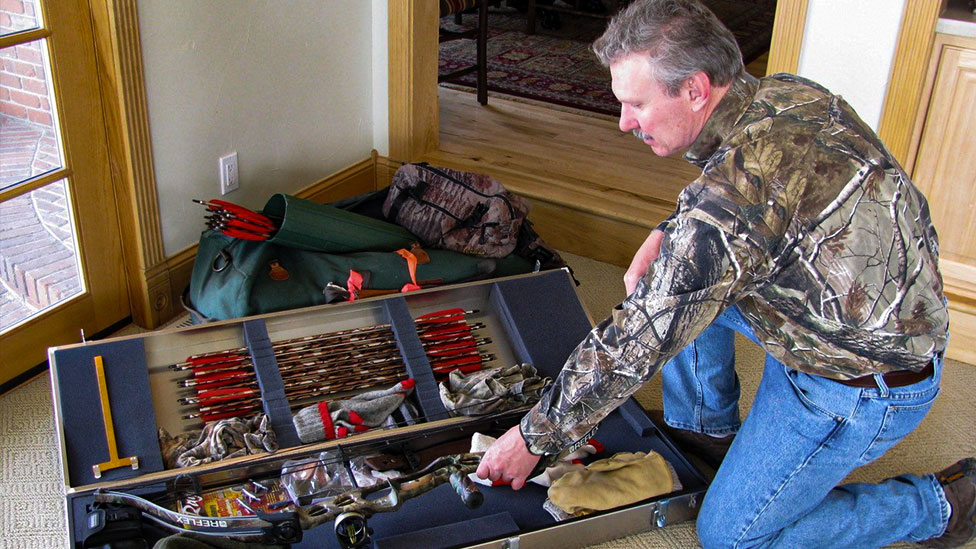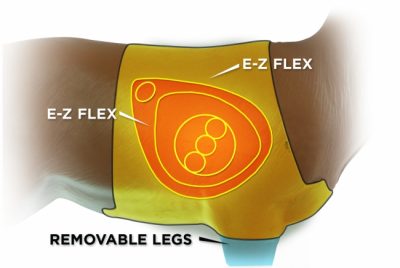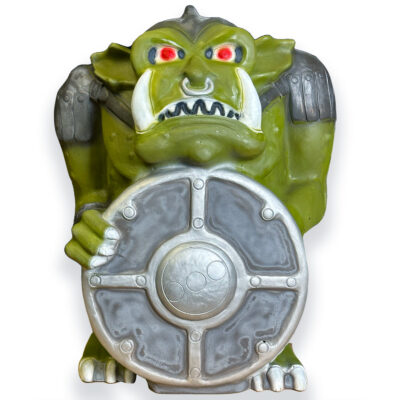Notes on airline travel for bowhunters
My brother-in-law called today. We’re planning a bowhunt for caribou in September, and he had some questions about airline travel with archery gear.
I fly to about half my archery destinations. During the past few decades, I’ve learned some valuable lessons about transporting bows, arrows, and hunting accessories. Answering Doyle’s questions was easy.
First, it’s wise to take two separate batches of everything. I’ve had bags disappear, and I’ve had archery cases severely damaged. In my experience, the old saying is true—if the airline baggage handlers can smash your checked luggage, they will.
For serious bowhunting to far-flung places, the best bow cases are made of aircraft aluminum. I once had a handler drop an aluminum bow case from the cargo hold of a jet, smashing the end like an accordion and breaking one wheel of my compound bow. But metal cases from Cabela’s and others usually offer excellent protection of gear.

I place one complete set of shooting equipment in a roomy aluminum case—18 arrows, bow, stabilizer, sight, quiver, binocular, rangefinder, broadheads, etc. I tightly pack socks, tee shirts, and other duds around these items for rattle-free transport.
In two separate duffel bags, I have all parts to assemble and tune a second bow, another 18 arrows in a sturdy plastic tube, broadheads, quiver, extra sight and stabilizer, and so on. Also in these bags are identical sets of hunting clothes and footwear.
It costs a bit more to check one case and two bags with the airlines, but this is good insurance against the loss or damage of gear. Even if one piece of luggage disappears or ends up damaged, I have all I need to go ahead and hunt. Lost bags usually show up eventually, but there’s no sense wasting valuable field time if one is delayed.
I always carry a small bag on the airplane with my best binocular, camera gear, personal toiletry items, hunting licenses, etc. By packing in this way, I can relax and enjoy air travel to exciting archery destinations.


























